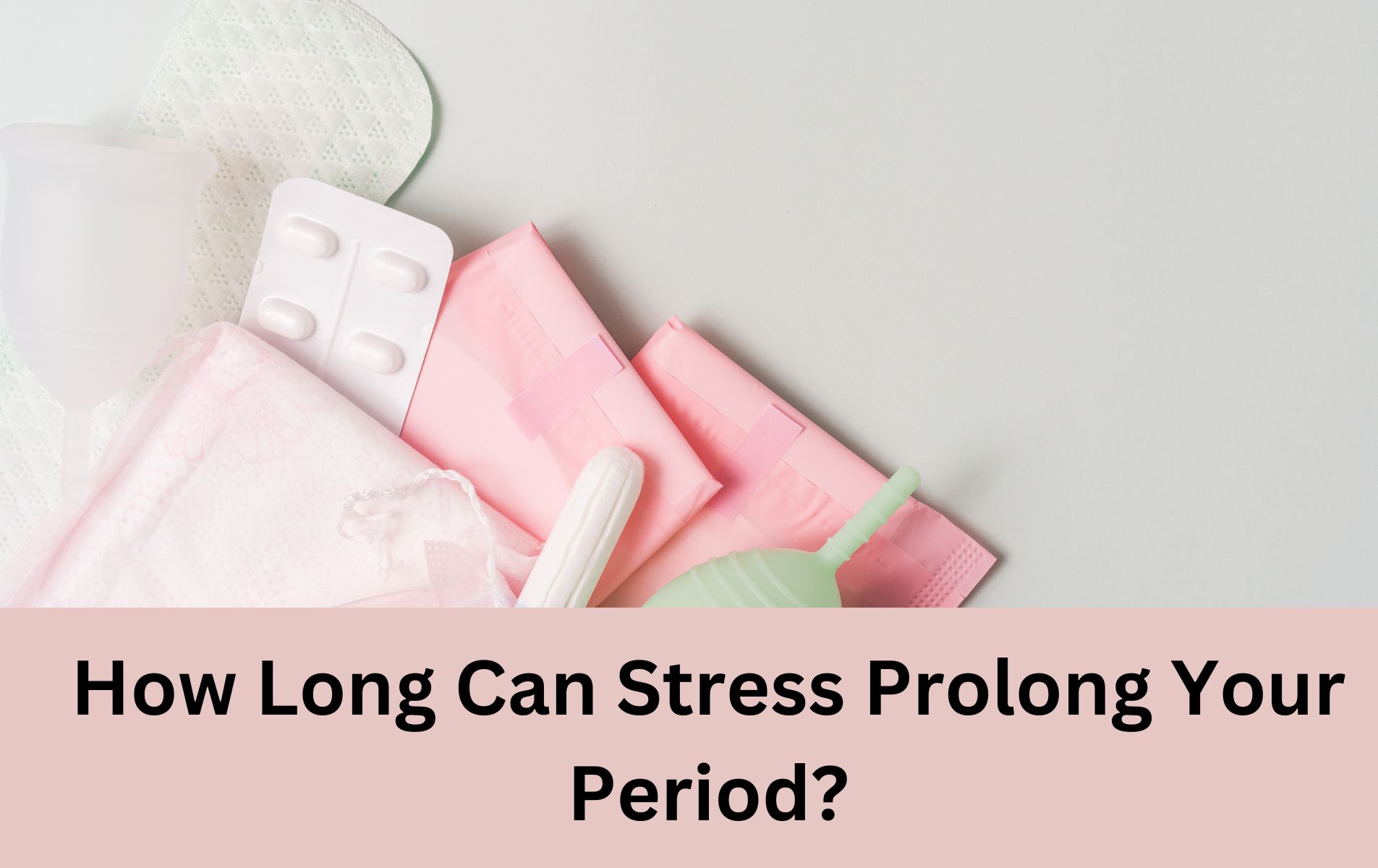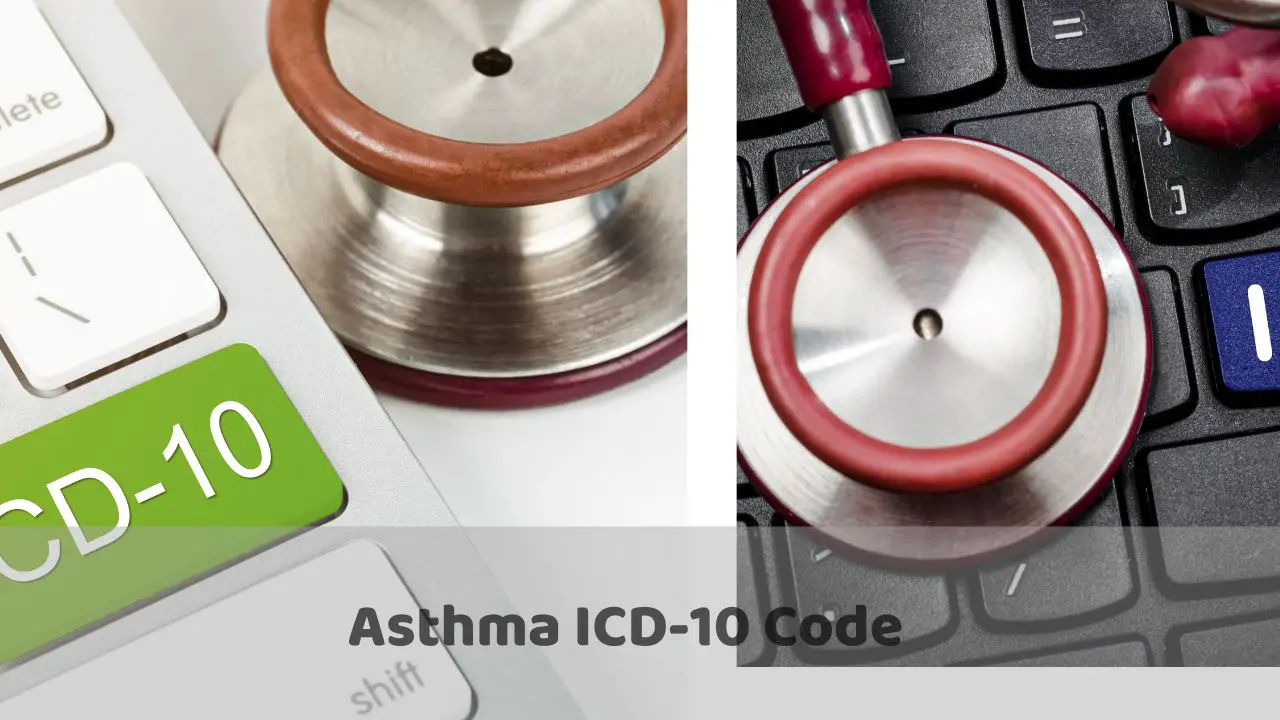In the fast-paced world we live in, stress has become an almost constant companion. From work pressures to personal challenges, it’s no surprise that stress can affect our bodies in various ways. One such impact is on our menstrual cycles. Have you ever wondered, “How long can stress prolong my period?” In this blog post, we’ll explore the intricate relationship between stress and the menstrual cycle. We’ll delve into the science behind it, discuss common reasons for stress-induced delays, and provide tips on managing stress for a healthier, more regular menstrual cycle.
The Normal Menstrual Cycle and Its Phases:
The menstrual cycle is a complex, tightly regulated series of events that occur in a woman’s body to prepare for the possibility of pregnancy. On average, a menstrual cycle lasts about 28 days, but it can vary from person to person. It is typically divided into four main phases:
1. Menstruation (Day 1-5):
- Menstruation, often referred to as your period, marks the start of the menstrual cycle.
- During this phase, the lining of the uterus (endometrium), which thickened in preparation for a potential pregnancy during the previous cycle, is shed.
- Menstrual blood, a mixture of blood and tissue, is expelled from the body through the vagina.
- This phase can last anywhere from 3 to 7 days but varies among individuals.
2. Follicular Phase (Day 1-13):
- The follicular phase begins on the first day of menstruation and typically lasts until around day 13 of the cycle.
- During this phase, the brain’s pituitary gland releases follicle-stimulating hormone (FSH), which stimulates the ovaries to develop several tiny sacs called follicles.
- Each follicle contains an immature egg (oocyte). One of these follicles will become dominant and continue to develop while others degenerate.
- The dominant follicle releases increasing amounts of estrogen, which helps thicken the uterine lining in preparation for potential pregnancy.
3. Ovulation (Day 14):
- Ovulation typically occurs around day 14 of the menstrual cycle, although it can vary.
- Ovulation is triggered by a surge in luteinizing hormone (LH) from the pituitary gland.
- The mature follicle, now called the Graafian follicle, releases the egg into the fallopian tube. This is when the egg is available for fertilization.
- Some women may experience mild pelvic pain or discomfort known as mittelschmerz during ovulation.
4. Luteal Phase (Day 15-28):
- The luteal phase follows ovulation and generally lasts from day 15 to day 28.
- After ovulation, the empty follicle transforms into a structure called the corpus luteum.
- The corpus luteum releases the hormone progesterone, which helps maintain the uterine lining and prepares it for potential implantation of a fertilized egg.
- If pregnancy doesn’t occur, the corpus luteum breaks down, progesterone levels drop, and the uterine lining begins to shed, initiating the next menstrual period.
This cyclical process repeats every month, with the duration of each phase varying among individuals. Hormonal fluctuations during the menstrual cycle can lead to a wide range of physical and emotional symptoms, including mood changes, breast tenderness, and abdominal cramping. Understanding this normal cycle is essential for tracking and managing menstrual health and addressing any irregularities or concerns.
Introduction to the Hypothalamic-Pituitary-Adrenal (HPA) Axis and Its Role in Stress Response:
In the intricate web of our body’s responses to stress, there’s a pivotal player known as the Hypothalamic-Pituitary-Adrenal (HPA) axis. This axis is a fundamental component of our neuroendocrine system, orchestrating our body’s reaction to stressors, whether they are physical, emotional, or environmental.
How long can your period be delayed due to stress: The Components of the HPA Axis:
- Hypothalamus: This almond-sized region at the base of the brain is a key decision-maker in our stress response. When it detects stress, the hypothalamus signals the pituitary gland to release hormones.
- Pituitary Gland: Often referred to as the “master gland,” the pituitary gland receives the signal from the hypothalamus and releases adrenocorticotropic hormone (ACTH).
- Adrenal Glands: These are two small glands that sit atop your kidneys. When they receive ACTH, they produce stress hormones, particularly cortisol.
The Role of the HPA Axis in the Stress Response:
When we encounter a stressor, whether it’s a looming work deadline, a near-accident on the road, or a challenging life event, our body activates the HPA axis. Here’s how it unfolds:
- Hypothalamic Activation: The hypothalamus detects the stress and sends a chemical signal to the pituitary gland.
- Pituitary Response: The pituitary gland receives the signal and releases ACTH into the bloodstream.
- Adrenal Hormone Production: ACTH travels to the adrenal glands, stimulating them to produce and release cortisol. Cortisol is often referred to as the “stress hormone.”
- Cortisol Release: Cortisol then surges through the body, ready to respond to the stressor by mobilizing energy, enhancing focus, and suppressing non-essential functions like the immune system and digestion.
- Stress Response: These physiological changes help us cope with the stressor, known as the “fight or flight” response. Once the stressor subsides, the HPA axis signals for cortisol levels to return to normal.
However, chronic or prolonged stress can result in persistent activation of the HPA axis, leading to prolonged high levels of cortisol. This can have adverse effects on various bodily systems, including the immune, cardiovascular, and nervous systems, contributing to various health issues.
In summary, the HPA axis plays a central role in our body’s response to stress, ensuring we can adapt and respond to challenges. Understanding how this axis functions can provide insights into the physical and psychological consequences of chronic stress and the importance of managing stress for overall well-being.
How Stress Disrupts the HPA Axis, Leading to Hormonal Imbalances:
The Hypothalamic-Pituitary-Adrenal (HPA) axis, a critical component of our body’s stress response system, is finely tuned to manage acute stressors and help us adapt to challenging situations. However, chronic or prolonged stress can lead to disruptions in the HPA axis, resulting in hormonal imbalances. Here’s how stress can affect the HPA axis:
1. Overactivation of the HPA Axis:
- Chronic stressors can lead to the continuous activation of the HPA axis, causing the hypothalamus and pituitary gland to repeatedly signal the adrenal glands to release cortisol.
- This overactivation can lead to persistently elevated cortisol levels in the bloodstream.
2. Dysregulation of Cortisol Rhythms:
- Normally, cortisol levels follow a diurnal (daily) pattern, with the highest levels in the morning to help us wake up and the lowest at night to facilitate sleep.
- Prolonged stress can disrupt this pattern, leading to irregular cortisol rhythms. Some individuals may experience elevated cortisol at night, making it difficult to sleep, or a flattened cortisol rhythm throughout the day.
3. Negative Feedback Loop Dysfunction:
- The HPA axis relies on a negative feedback loop, meaning that as cortisol levels rise, they should signal the hypothalamus and pituitary gland to reduce the release of ACTH and cortisol.
- In chronic stress, this feedback loop may malfunction, and cortisol levels remain elevated.
4. Impact on Other Hormones:
- Elevated cortisol levels due to chronic stress can affect the release and balance of other hormones, such as thyroid hormones, sex hormones (estrogen and testosterone), and growth hormone.
- This can lead to hormonal imbalances that contribute to various health issues, including irregular menstrual cycles, fertility problems, and changes in mood and energy levels.
5. Impact on the Immune System:
- Cortisol, when elevated for extended periods, can suppress the immune system, making individuals more susceptible to infections and illnesses.
- It can also impair the body’s ability to regulate inflammation, leading to conditions associated with chronic inflammation.
6. Neurotransmitter Imbalance:
- Chronic stress can disrupt the balance of neurotransmitters in the brain, affecting mood and cognitive function.
- It can lead to conditions like anxiety and depression, which are closely linked to hormonal imbalances in the HPA axis.
7. Metabolic Consequences:
- Prolonged exposure to high cortisol levels can influence metabolism, leading to weight gain, particularly abdominal fat, insulin resistance, and an increased risk of metabolic syndrome.
How long can stress delay ovulation: chronic stress can have a profound impact on the HPA axis, leading to hormonal imbalances and disruptions in various bodily systems. Managing and reducing stress through relaxation techniques, exercise, and mindfulness can help restore the balance of the HPA axis and mitigate the negative health effects associated with chronic stress.
Common Menstrual Issues Related to Stress:
The relationship between stress and the menstrual cycle is a well-documented one, and stress can manifest in various ways, affecting menstruation in numerous forms. Here are some of the common menstrual issues associated with stress:
1. Missed Periods:
- Stress-induced anovulation: Stress can disrupt the normal release of hormones, particularly luteinizing hormone (LH) and follicle-stimulating hormone (FSH), which are essential for ovulation. This disruption can lead to missed periods, where ovulation doesn’t occur.
- Hypothalamic amenorrhea: Severe or prolonged stress can impact the hypothalamus, leading to the cessation of menstrual cycles, a condition known as hypothalamic amenorrhea.
2. Late Periods:
- Delayed ovulation: Stress can cause a delay in ovulation, which, in turn, leads to late periods.
- Extended luteal phase: Stress may result in an extended luteal phase, the time between ovulation and menstruation, causing a longer cycle.
3. Irregular Cycles:
- Shortened cycles: Stress can shorten the menstrual cycle, leading to more frequent periods.
- Longer cycles: Conversely, stress can lengthen the menstrual cycle, resulting in less frequent periods.
- Variable cycle lengths: Irregular stress-induced cycles can make it challenging to predict when your period will occur.
4. Changes in Flow and Symptoms:
- Stress can influence the characteristics of menstrual flow. Some individuals may experience heavier or lighter periods during stressful times.
- It can also intensify premenstrual symptoms (PMS) or cause new symptoms, such as increased cramping or mood swings.
5. Menstrual Pain:
- Stress can exacerbate menstrual pain or dysmenorrhea. The pain may become more severe or persistent during stressful periods.
6. Spotting:
- Stress can lead to mid-cycle spotting, which may be a result of hormonal fluctuations affecting the uterine lining.
7. Exacerbation of Existing Conditions:
- Women with pre-existing menstrual conditions, such as polycystic ovary syndrome (PCOS) or endometriosis, may find that stress exacerbates their symptoms and disrupts their cycles further.
How long can period be late due to stress: It’s important to note that the exact mechanisms through which stress affects the menstrual cycle can vary from person to person. Furthermore, while stress is a recognized factor in menstrual irregularities, it’s essential to rule out other underlying medical conditions that may be contributing to the disruptions.
the duration of delay can differ based on the specific issue. The duration of delay in the menstrual cycle due to stress can vary significantly depending on the specific issue at hand. Factors such as the intensity and chronicity of stress, an individual’s hormonal sensitivity, and their overall health can all influence the extent of the delay. For some, stress-related delays may result in just a few days of irregularity, while for others, it can extend to several weeks or even longer. Understanding the underlying cause of the delay and addressing it appropriately is essential for managing and restoring a regular menstrual cycle.
Addressing stress through relaxation techniques, lifestyle modifications, and stress management strategies can help restore regular menstrual cycles. If you experience persistent or severe menstrual issues related to stress, consider consulting a healthcare provider for guidance and support.
Stress Reduction Strategies
- Mindfulness and Meditation: Practicing mindfulness and meditation techniques can help you stay present and reduce stress. Mindful breathing and guided meditation can be particularly beneficial.
- Exercise: Regular physical activity, such as walking, jogging, yoga, or any form of exercise you enjoy, can help reduce stress by releasing endorphins, the body’s natural stress relievers.
- Healthy Diet: Eating a balanced diet rich in fruits, vegetables, whole grains, and lean proteins can provide essential nutrients for stress management. Avoid excessive caffeine and sugar, which can exacerbate stress.
- Adequate Sleep: Prioritize getting enough quality sleep. Establish a regular sleep schedule and create a calming bedtime routine to improve sleep quality.
- Relaxation Techniques: Explore relaxation methods like deep breathing exercises, progressive muscle relaxation, or aromatherapy to calm your body and mind.
- Social Support: Share your feelings with friends and family, and seek support when needed. Connecting with loved ones can provide comfort and reduce stress.
- Time Management: Effective time management and organization can reduce the feeling of being overwhelmed. Set realistic goals and prioritize tasks.
- Limit Stressors: Identify and minimize sources of stress in your life, whether it’s work-related, personal, or environmental. Setting boundaries and making time for self-care is crucial.
- Therapy and Counseling: If you’re struggling to manage stress on your own, consider seeking the guidance of a mental health professional or therapist who can provide coping strategies and support.
- Hobbies and Relaxation Activities: Engage in activities you enjoy, whether it’s reading, art, gardening, or listening to music. These can be excellent outlets for stress relief.
- Limit Screen Time: Reducing the time spent on digital devices and social media can help reduce stress and improve mental well-being.
- Breathing Exercises: Deep breathing exercises, such as the 4-7-8 technique, can calm your nervous system and reduce stress.
- Hydration: Staying well-hydrated can support your body’s stress response and overall health.
- Professional Help: If stress is significantly impacting your life or menstrual cycle, consider consulting with a healthcare provider or therapist who can offer tailored solutions.
Remember that managing stress is a continuous process. Finding the right combination of strategies that work for you and consistently incorporating them into your daily life can significantly reduce stress and promote a healthier menstrual cycle and overall well-being.



